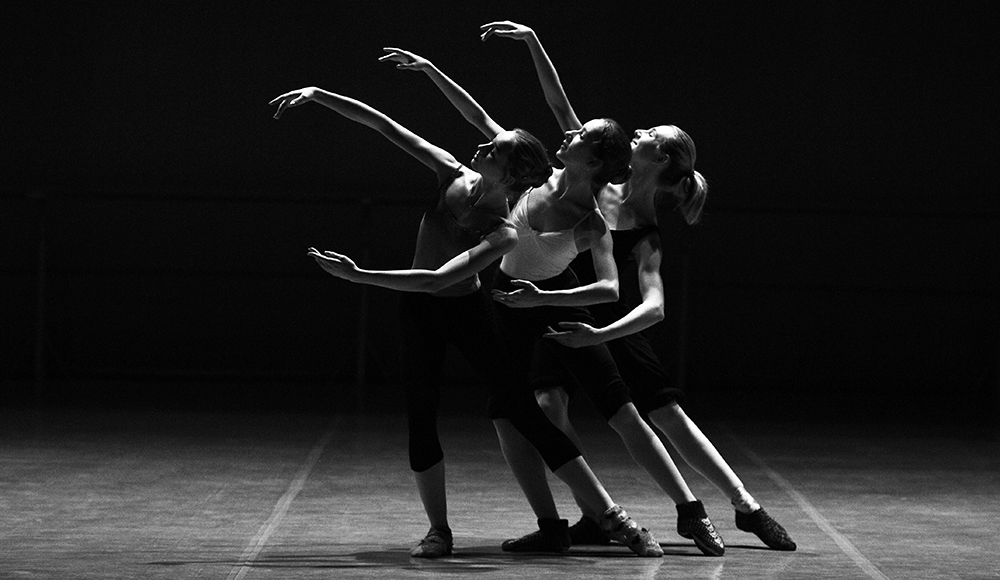Top 10 Dance Fabrics and When to Use Them23 February 2024 | Admin
Guide to Choosing the Best Dance FabricsOur most recent article discusses the top 10 dance fabrics and their respective uses in dancewear. It focuses on choosing a suitable material for comfort, flexibility, and aesthetic appeal. Cotton, polyester, spandex (Lycra), velvet, chiffon, mesh, sequined fabric, satin, tulle, and nylon are highlighted for their unique properties, making them suitable for different dance genres and performance needs. For instance, cotton is recommended for rehearsals and casual performances. At the same time, spandex is ideal for costumes requiring extensive flexibility, and velvet is used to add elegance to classical performances. The fabric choice should align with the dance style, intensity of the choreography, and the desired visual effect on stage. Choosing a suitable fabric for dance costumes is crucial as it needs to offer flexibility, comfort, and durability. Additionally, the fabric should complement the dance genre and the choreography's intensity. CottonCharacteristicsCotton is breathable, soft, and natural, making it comfortable for dancers. Its absorbency and durability are ideal for practices and casual performances. When to UseUse cotton for rehearsal outfits, contemporary dance, and less intense performance settings where comfort is the priority. PolyesterCharacteristicsPolyester is a versatile, strong, and stretchable fabric. It is resistant to wrinkles and shrinking, making it a popular choice for dance costumes. When to UseOpt for polyester in costumes for genres like jazz, hip hop, or any dance form requiring vibrant, long-lasting attire. Spandex (Lycra)CharacteristicsSpandex, also known as Lycra, offers exceptional elasticity. It's lightweight and comfortable, allowing for a wide range of motion. When to UseSpandex is perfect for ballet, contemporary, and acrobatic costumes where extensive flexibility is essential. VelvetCharacteristicsVelvet is luxurious and has a distinctive soft texture. It's stretchable and looks elegant under stage lights. When to UseUtilise velvet for classical performances, such as ballet and ballroom, where you want to add a touch of elegance and depth to the costume. ChiffonCharacteristicsChiffon is lightweight and sheer with a graceful drape and floaty appearance, making it ideal for layering. When to UseChiffon is best suited for lyrical, ballet, and contemporary dance costumes, especially for skirts and overlays that require fluid movement. MeshCharacteristicsMesh is breathable and offers a degree of transparency. It provides stretch and is often used for its visual effects on stage. When to UseMesh is suitable for adding layers or decorative elements without bulk, ideal for contemporary and theatrical dance pieces. Sequined FabricCharacteristicsSequined fabric is shiny and eye-catching, perfect for costumes intended to stand out under stage lighting. When to UseThis fabric is best for performance costumes in competitive dance, show dance and any performance where you want to make a statement. SatinCharacteristicsSatin has a glossy surface and a dull back. It is smooth, luxurious, and visually appealing for stage costumes. When to UseSatin is ideal for classical dance forms such as ballet and ballroom, where elegance and grace are prioritised. TulleCharacteristicsTulle is a lightweight, net-like fabric that adds volume and creates a whimsical appearance. When to UseUse tulle for ballet tutus, romantic skirts, and costumes requiring volume without heavy weight. NylonCharacteristicsNylon is durable, stretchy, and resistant to wrinkles and tears. It's lightweight and maintains its shape well. When to UseNylon suits various dance costumes, especially in high-intensity dance styles where durability and elasticity are key. Selecting the suitable fabric is as crucial as choosing the dance routine. Each material offers unique benefits and suits different dance genres and settings. By understanding the properties of these top dance fabrics, performers can ensure they look and feel their best on stage. |
|



